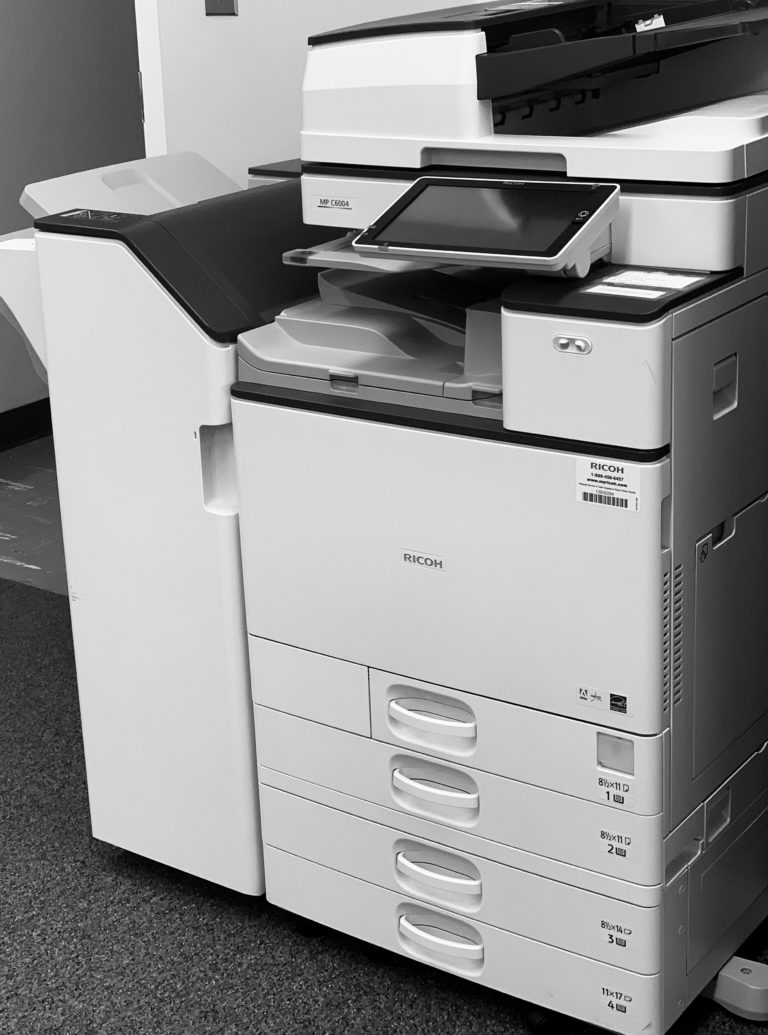Overview and Caution on the Imaging of Public Records
Increasingly, UW System institutions are employing document imaging technologies to digitize paper records for greatly added efficiencies in quick and simultaneous access as well as to reduce the physical storage space needed for paper records. Despite these benefits, imaging should not be considered a cost saving initiative in most cases. Indeed, offices must understand that committing to a document imaging process brings added requirements, responsibilities, and costs, not always encountered in the management of paper records.
Specifically, offices will encounter two new costs unknown in the realm of paper records. The first is the production of the digital files themselves. This involves both preparing the records for imaging (removing paper clips, staples, etc.), the scanning itself, and the creation of the information about the files needed for storage and retrieval (metadata). Some offices might also wish to make their digital records key-word searchable which takes added time and software. While these may be one time costs for each set of records, they are not inconsiderable.
The second set of costs deal with the long term preservation of these records over the retention period. Due to changing technology records digitized now may not necessarily be accessible within 15, 10 or even six years. The hardware and software required to read the files may become unavailable or unsupported during the retention period of the records. This is known as obsolescence (think 3.5 inch floppy discs or 8 track tapes) and to overcome this, records may need to be “migrated” or reformatted and copied to new, supported technologies that are more commonplace in the future. Similarly, even supported optical or magnetic media used to store the records can become corrupted and fail and thus preventing access to a record. To prevent this, digital records must be backed up, periodically checked for errors, and if needed, “refreshed” onto new media. Migration, continual error checking and refreshment are fundamental parts of an electronic records preservation plan and must be budgeted into every imagining project, particularly those with collection with long retention periods (over 7 years). Offices unable to provide access to older records in their possession could be found in violation of Wisconsin Administrative Rule 12 which requires electronic records must be accessible, accurate, authentic, reliable, legible, and readable throughout the record life cycle. This can expose the offices–and even its employees–to potential costly litigation and audits.
Therefore, in large part to the dependence on computerized technologies and their constant evolution, digital records are some of the most fragile ever created and so no document imaging program should be initiated without careful planning AND consultation with IT staff, the campus records officer and at times, with the Office of General Counsel for UW System. These individuals will work with the office to develop a fully-developed imaging process and ensure that the newly created digital records satisfy legal requirements.

Legal Requirements for Digitization of Information
Chapter Administration 12.
